The Role of Planning Permission in Sustainable Property Design
Sustainable design is no longer just a buzzword—it's a vital consideration in today's property development landscape. Integrating sustainable practices into your project not only benefits the environment but also enhances the value and desirability of your development.
Here's how planning permission and sustainable design go hand in hand:
An Eco home designed by Den Architecture in South Yorkshire
Designing with Environmental Considerations:
Energy efficiency: Incorporate energy-efficient building design, insulation, lighting systems, and renewable energy technologies like solar panels or geothermal heating.
Water management: Implement rainwater harvesting, greywater recycling, and efficient irrigation systems to reduce water consumption and manage stormwater runoff.
Waste reduction: Promote recycling and waste management strategies, including provisions for recycling facilities and promoting sustainable waste disposal practices.
Biodiversity preservation: Design landscapes that support native plants, wildlife habitats, and encourage biodiversity through green spaces, green roofs, or vertical gardens.
Sustainable materials: Opt for sustainable building materials with low environmental impact, recycled content, and those sourced locally to reduce carbon footprint.
Planning Policy and Sustainable Development:Local planning policies: Familiarize yourself with local planning policies that promote sustainable development, such as energy efficiency targets, green space requirements, and sustainable transportation considerations.
Environmental Impact Assessments: If your project falls under the scope of an Environmental Impact Assessment (EIA), conduct a thorough assessment of the project's potential impact on the environment and propose appropriate mitigations.
Sustainable drainage systems: Implement sustainable drainage systems (SuDS) to manage stormwater runoff and prevent flooding, such as permeable paving, swales, or retention ponds.
Carbon reduction targets: Align your development with national and regional carbon reduction targets by integrating renewable energy sources, energy-efficient systems, and sustainable transportation options.
Benefits of Sustainable Design:
Cost savings: Sustainable design elements, such as energy-efficient systems, can significantly reduce operational costs for the building's occupants and increase long-term value.
Market appeal: Sustainable buildings have a competitive edge in the market, attracting environmentally conscious tenants, investors, and buyers.
Health and well-being: Incorporating elements like natural daylighting, improved indoor air quality, and access to green spaces can enhance occupant comfort and well-being.
Future-proofing: By considering climate change resilience and adapting to future environmental challenges, your development will be better prepared for evolving regulations and market demands.
Seeking Expertise:
Collaborating with sustainable design specialists, architects, and planning consultants who have experience in sustainable development can help ensure your proposal aligns with planning policies and maximizes sustainable potential.
Engaging with sustainability certification programs, such as BREEAM or LEED, can provide recognition and validation for the sustainable aspects of your development.
By integrating sustainable design principles into your property development project and aligning them with planning permission requirements, you can create environmentally responsible developments that benefit both the planet and the bottom line.


